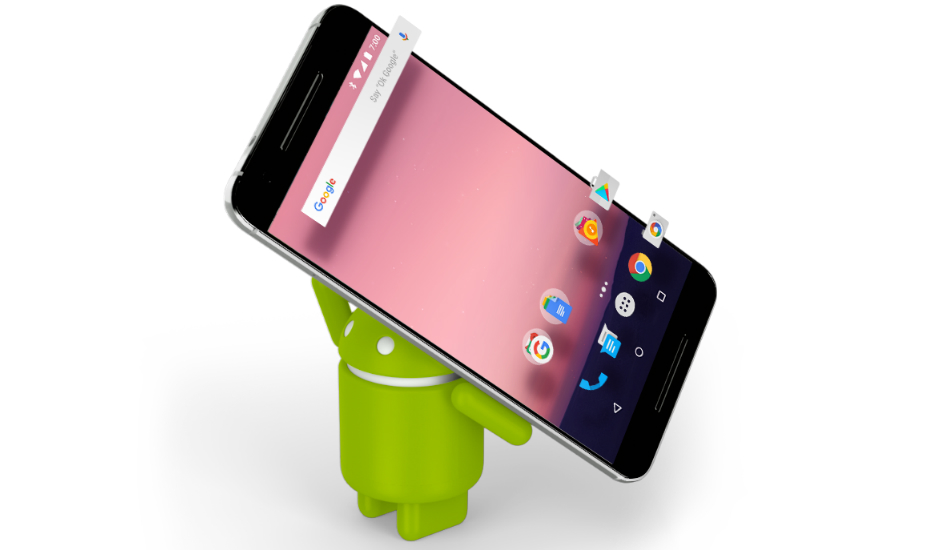Google is reported to officially release Android O update within a week. According to a tweet by David Ruddock, the company will roll out the update for Pixel devices, however, the official name of the next update is not known at the moment.
This is line with his previous claims in June that suggested Google Pixel and Pixel XL will be the first device to receive the final Android O update in the first or second week of August. However, it is important to note the release dates might be subjected to change due to some unforeseen reasons. Therefore, we suggest you take this report with a pinch of salt and wait for some official confirmation.
Google has already rolled out the fourth and final developer preview of the Android O update. Users can apply for Android O Beta Program, however, one needs to have eligible Pixel and Nexus devices including Nexus 5X, Nexus 6P, Nexus Player, Pixel C, Pixel and Pixel XL. Devices that you opt-in to the programme will receive an over-the-air (OTA) update to the latest beta version of Android O.
You might also like this:
To recall some key features of the latest Android O, it can be broadly classified into two categories namely ‘fluid experiences’ and ‘Android vitals’. The fluid experience caters to all the interesting features, which include the much-awaited picture-in-picture mode through which one can manage two tasks simultaneously. So, for example, one can minimise a YouTube video while sending a text message or writing an email.
Under interesting feature is the Notification dots, which are basically tiny chat heads for notifications. The user can long-tap on a Notification Dot and it will preview the notification, and one can swipe to dismiss, drag down to see the full notification or tap to open the app. The dots will extract the colour from the icon, making it easier to distinguish between different notifications.
Other than this, there is smart text selection, which uses machine learning to copy/paste, to let Android recognise entities like addresses, URLs, telephone numbers, and email addresses. Then there is Autofill with Google that simplifies setting up a new device and synchronising passwords by bringing Chrome’s Autofill feature to Android.


